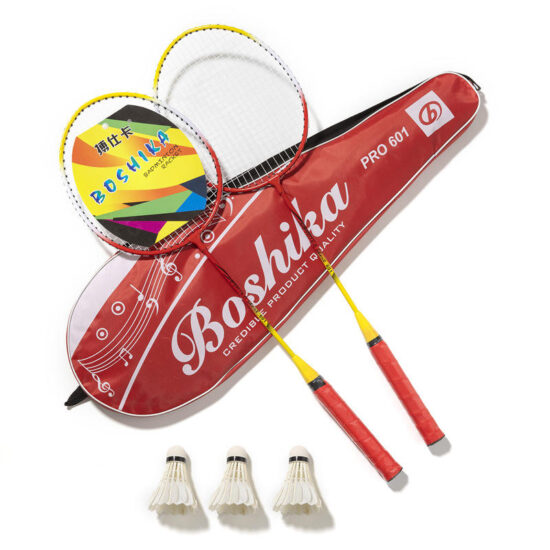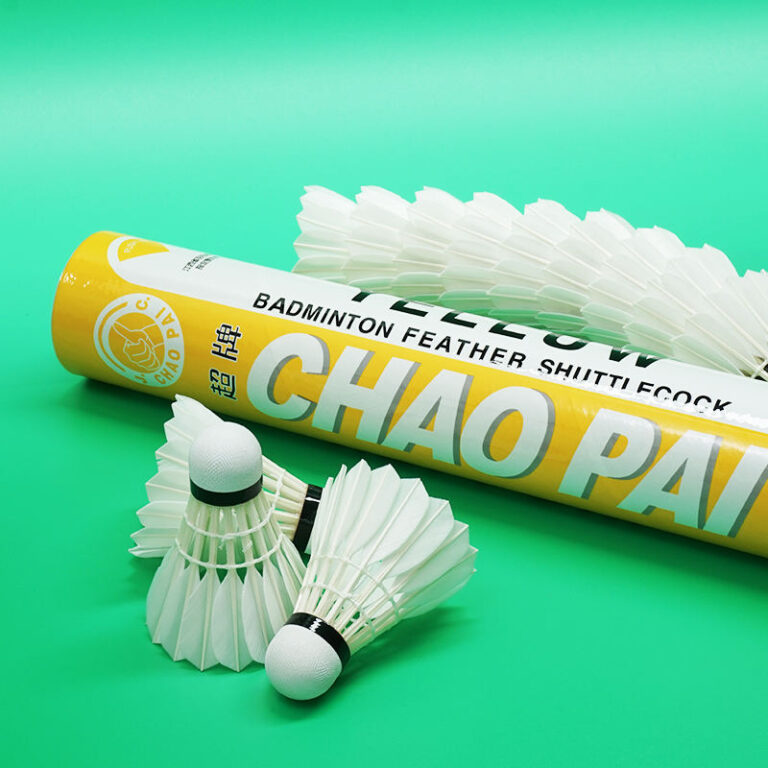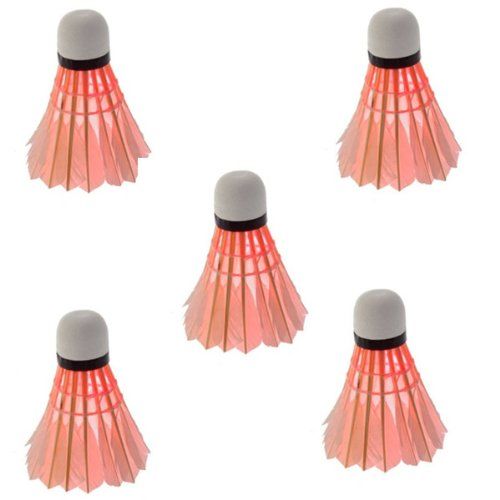jay@nbdho.com
Beginner’s Guide to Understanding Shuttlecock Speeds
Here’s a complete SEO-optimized blog post draft for “Beginner’s Guide to Understanding Shuttlecock Speeds”:
Title: Beginner’s Guide to Understanding Shuttlecock Speeds
Meta Description: Confused about shuttlecock speed numbers like 76, 77, or 78? This beginner-friendly guide explains everything you need to know about badminton shuttlecock speeds and how to choose the right one.
🏸 Introduction
Ever noticed numbers like 76, 77, or 78 on a tube of shuttlecocks and wondered what they mean? These numbers refer to the speed of the shuttlecock—one of the most important factors affecting how it travels through the air. For beginners, picking the wrong speed can lead to poor rallies, off-timing, and frustration. This guide will help you understand shuttlecock speed ratings, why they matter, and how to choose the right one.
🚀 What Does Shuttlecock Speed Mean?
Shuttlecock speed refers to how fast and far a shuttlecock travels after being hit. It’s influenced by:
- Feather length & stiffness
- Weight of the shuttlecock
- Cork density
- Air resistance (humidity, temperature, altitude)
A faster shuttlecock travels farther, while a slower one drops sooner.
🔢 Shuttlecock Speed Ratings Explained
Most manufacturers use a number system to indicate shuttlecock speed, typically from 75 to 79:
| Speed Number | General Speed | Common Use |
|---|---|---|
| 75 | Slowest | High altitude, hot weather |
| 76 | Slow | Warm/humid climates |
| 77 | Medium | Standard indoor conditions |
| 78 | Fast | Cold/dry weather or lower altitudes |
| 79 | Fastest | Very cold climates |
Note: Speed 77 is the most common for regular indoor courts.
🌦️ Why Climate and Altitude Matter
Air density affects how the shuttlecock travels.
- Hot or high-altitude conditions: Air is thinner → Shuttle flies faster → Use slower shuttle (e.g., 75 or 76)
- Cold or low-altitude conditions: Air is thicker → Shuttle moves slower → Use faster shuttle (e.g., 78 or 79)
✅ Pro tip: Always consider your local climate before choosing a speed.
👥 How Speed Affects Gameplay
| Speed | Effect on Game |
|---|---|
| Too Fast | Difficult to control, overshoots target |
| Too Slow | Drops short, easy for opponent to kill shots |
| Just Right | Consistent rallies, accurate net and clear shots |
🧪 How to Test the Right Shuttlecock Speed
Simple Speed Test:
- Stand on the back boundary line.
- Hit an underhand clear (baseline to baseline) with moderate force.
- Observe where the shuttle lands:
- Near the opposite baseline: Perfect speed
- Far beyond the baseline: Too fast
- Short of the opposite service line: Too slow
Repeat 3–5 times to confirm accuracy.
🏷️ Do Nylon and Feather Shuttlecocks Use the Same Speed Scale?
- Feather shuttlecocks use the 75–79 speed scale.
- Nylon shuttlecocks (e.g., Yonex Mavis) use color-coded caps:
- Red Cap = Fast
- Blue Cap = Medium (most common)
- Green Cap = Slow
While the systems are different, the goal is the same: match shuttle speed to playing conditions.
✅ Quick Tips for Beginners
- Start with Speed 77 (or Blue Cap for nylon) for most indoor courts.
- If your shots are flying long, try a slower shuttle (Speed 76).
- If rallies feel short or heavy, try a faster shuttle (Speed 78).
- Always test a new shuttle speed before serious play.
🎯 Conclusion
Understanding shuttlecock speed helps you choose the right birdie for your local conditions and skill level. Whether you’re practicing, playing casually, or training seriously, using the correct shuttlecock speed improves your control, accuracy, and overall enjoyment of the game.
🏸 Play smarter, not harder—choose the right speed for your game.
Suggested SEO Keywords:
shuttlecock speed guide, shuttlecock 77 vs 78, how to choose badminton shuttlecock, badminton shuttlecock speed chart, nylon shuttlecock speed comparison
Would you like this blog turned into a downloadable chart or infographic?





